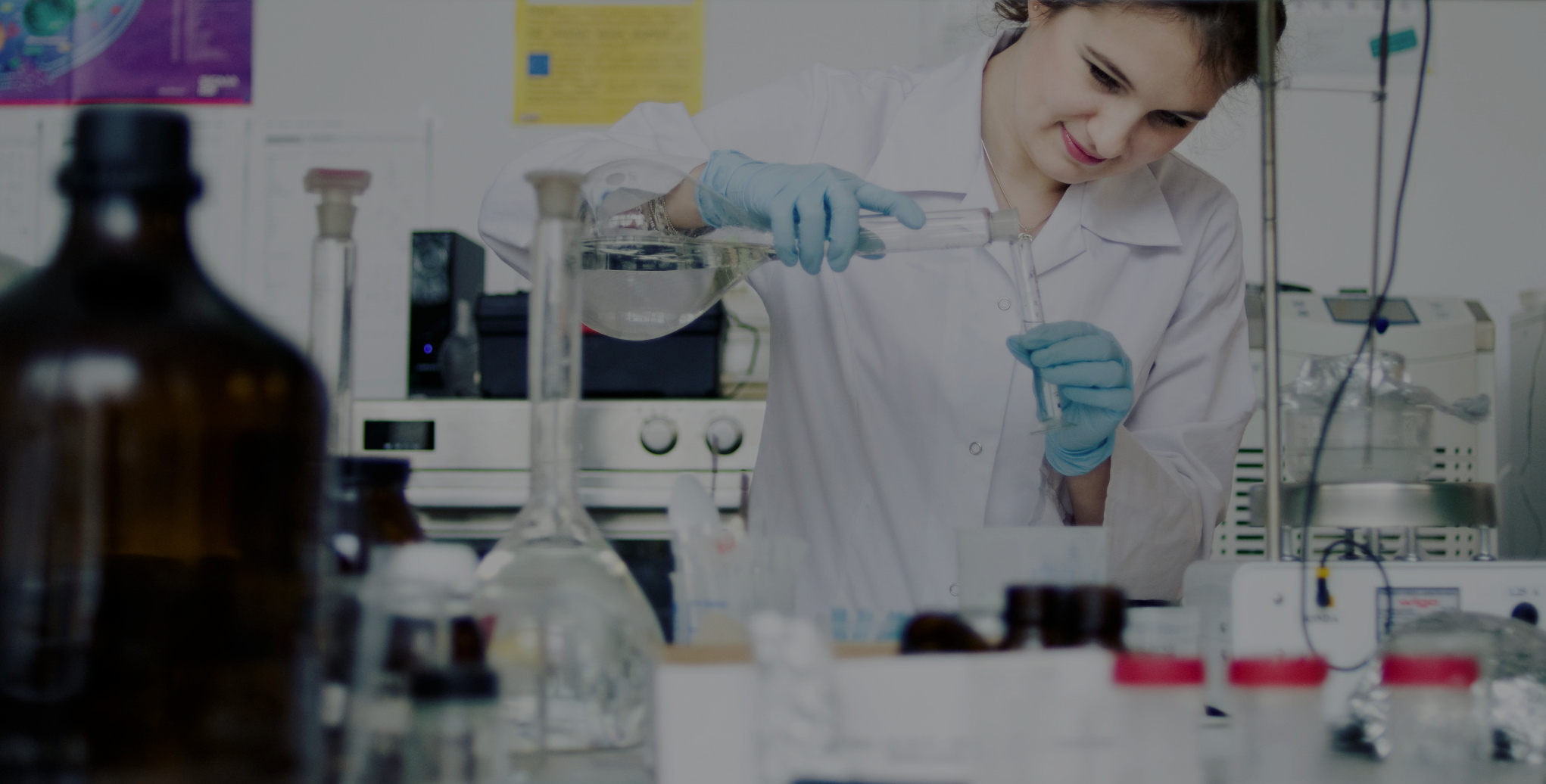Why?
Cancer is the second most common cause of deaths in the EU
International Agency for Research on Cancer (IARC) states that it is the second most common cause, next to the diseases of the circulatory system. In the year 2012, 29.2% of deaths among men and 22.5% of deaths among women were caused by cancer alone.

The most common cancers in males:
- Prostate cancer
- Lung cancer
- Colorectal cancer



The most common cancers in females:
- Breast cancer
- Colorectal cancer
- Lung cancer

The main side effects of chemotherapy
- Anemia
- Diarrhea
- Infections
- Sexual dysfunction
- Skin problems
- Long-term effects on lungs
- Long-term effects on kidneys
- Long-term effects on heart
- Long-term effects on nerves and hearing
- Long-term effects on testosterone level
- Secondary malignancies
- Fertility problems
- Chemo brain
Drug delivery systems
Nano drug delivery systems are the most promising and developing technology nowadays. For the first time nanoparticles give us the opportunity to optimize drug delivery to attracted targets in the body and prevent healthy tissues from damage. The molecule arrives to the diseased or damaged location quickly and at maximum capability. Furthermore, this discovery may also help us create a new diagnostic pathway by combining therapy with particular disease. Even though, many mechanisms of nano based drug delivery still remains unknown, recent researches make us strongly believe that these systems will bring medicine into 21st century.
Sustained drug release
Nowadays it is important to have ability to control drug distribution. Entrapment of drug in nanoparticles gives us opportunity to influence on pharmacokinetic results. Thus, many studies demonstrate that sustained gene expression extend half-life of drugs and improve their bioavability. Further, this technology shed the light that in the future we will find treatment to diseases over which we have no control now.
Custom synthesis
Custom synthesis enables synthesis of compounds, which are made exclusively for customer. Thus, both quantity and quality of molecules designed by our team are tailored to your needs. Custom synthesis ensures that your products are made with the requested methods and in exact scale. Importantly, our team has knowledge of synthesis of particular ligands, reagents as well as in particular areas of chemistry and material science.
Nanoparticles
Nanoparticles are colloidal particles with unique size range varying from 10 nm to <1000 nm. They are similar size to biomolecules in our body and can be designed with an of biodegradable materials. The discovery of these materials has opened the door to new methods of drug formulation and delivery. Particles are designed so as they are attracted to specific cells which increase bioavability and decreases the toxicity of drug. This technology improves patient’s compliance by reducing the needed dosage and allows for earlier detection of diseases.
Biodegradable nanoparticles
Biodegradable nanoparticles (NPs) are novel carriers for site specific drug delivery. Their synthesis based on on poly(lactide-co-glycolide) (PLGA) and acrylic acid associate biodegrability and biocompatibilty. This strategy protects encapsuled genes from enzymatic degradation and enables to recognise specific endogenous ligands. Moreover, biodegradation plays a role of shield, preventing our tissues from accumulation of particles.





